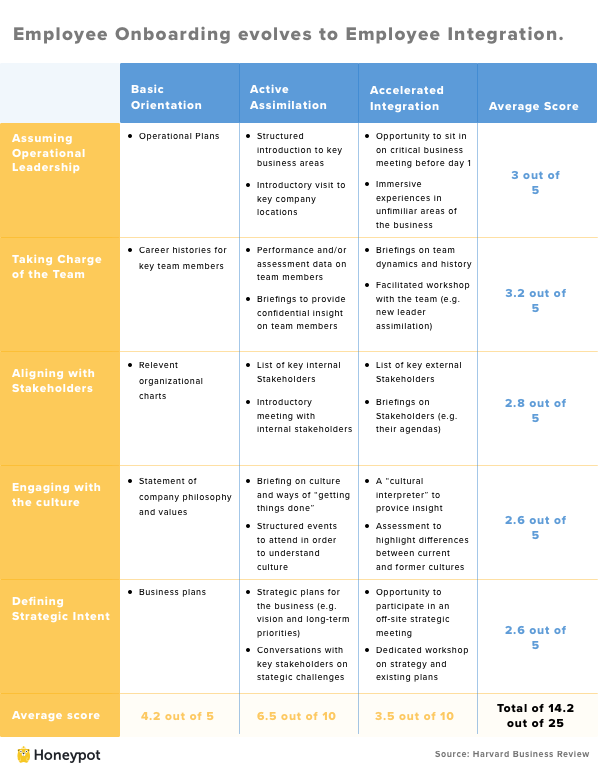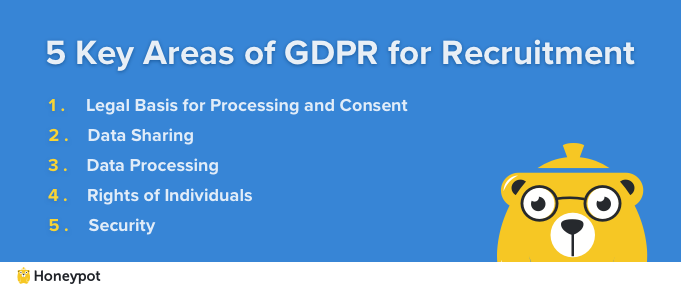
What are the top trends shaping HR in 2018?
HR Tips Emma Tracey
Venture capital and private equity companies invested $1.87 billion in HRTech during the past two years. The increasing expenditure on HR and workforce-related products demonstrates the will to modernize - an effect which is spurred by demographic shifts and changes in workplace expectations.
In 2018, HR teams are focusing on employee experience, building team-driven environments, and employee integration. And as people analytics explodes so too does the need for HR teams to become data compliant. There’s never a dull moment in People Operations - here are my top five trends shaping Human Resources in 2018.
Employee Experience, contd.
Employee Experience integrates three core concepts: engagement, culture and performance management. The drivers of engagement and culture are complex, but continuous listening to employees and clear structures for performance management help companies to create inspiring environments.
According to research from Towers Watson, stressed employees take an average of 4.6 sick days per year compared to 2.6 days for employees who have low levels of stress. Josh Bersin notes:
“Well-run companies now understand that in a sense, employees are more important than customers— because when employees are managed effectively, customers tend to be happier. Employee engagement data, manager feedback, coaching, and social recognition are all different forms of feedback, so ultimately they belong in one place.”
Employee engagement platforms (Peakon, Qualtrics), pulse feedback tools (15Five, Culture Amp) employee wellness apps (Castlight Health) and productivity tools (Evernote, Trello) are becoming central to the modern HR stack.
Josh Bersin, a leading industry analyst with a focus on enterprise learning and talent management, recommends an integrated approach to employee experience. He considers meaningful work, hands-on management, a humane environment, growth opportunities and trust in leadership to be important pillars of employee engagement.

Bersin’s work is aimed at larger companies, but I find his framework useful even within smaller contexts. Honeypot still has a long way to go in terms of establishing a clear Employee Experience strategy, but we were able to set up some small initiatives which are helping us to learn as an organization.
We had a peer-lead management training for junior managers, which relied on Google’s New Manager framework. We took our Team Leads out of the office for two days for 11 sessions, which covered feedback, decision making, emotional intelligence and various other topics. We also had an external coach join for one meeting. It was a small initiative but we felt the impact.
Likewise, last year, as part of this integrated approach to employee experience, we introduced the exit interview at Honeypot. We base our exit interviews on the framework laid out by Pawel Chudzinski from Point Nine Capital. As a founder, the exit interview is painful, but the insights we gain are invaluable. And we are using them to shape everything from employee engagement and career development to organizational design and process management. One exit interview led to such a productive conversation that we ended signing a new work contract for a different position.
Employee Onboarding becomes Employee Integration
Onboarding employees into an organization is a key responsibility for People Operations teams. Onboarding can simply be the process of getting a new employee up to speed with admin-related tasks. Integration, on the other hand, goes deeper.
The Harvard Business Review identified five major tasks that senior leaders need to undertake in their first months of joining a company: assuming operational leadership, taking charge of the team, aligning with stakeholders, engaging with the culture, and defining strategic intent.

At Honeypot, aside from the normal operational and administrative onboarding we have started to implement employee integration.
We make integration self-directed, with guidance and facilitation from myself and co-founder, Kaya. We give new senior management access to previous performance reviews of their team, we give them a list of people they should have in-depth interviews with, we invite them to meetings - and most of all we encourage criticism. At the end of four weeks, we ask them to prepare a SWOT analysis of the teams for which they are assuming leadership. Once aligned, we do a mini-offsite, in which they get the chance to collaboratively shape their strategy.
Team Management at the Centre of Organizational Design
Companies are increasingly operating as networks of teams, rather than in hierarchical, individual-focused structures. These smaller, self-directed focused teams are the best way to tackle critical projects. Josh Bersin identified this shift as one of the core changes underway in the workplace. He emphasizes the need for companies to evaluate not just structures but also software:
“As companies replace hierarchical management with a networked team structure, we are going to be using new tools purpose-built for teams…In this new world, people may have multiple managers, work on multiple projects at once, and often “lend” or “sell” their time to others in the organization. Traditional talent management software was not designed for this world.”
Startups have quickly adopted tools like Workplace by Facebook, Slack, and Trello. These tools often mirror social networking systems, allowing users workers to talk in groups. Other tools, such as Applicant Tracking Systems, are focusing on integrations which facilitate greater team collaboration between hiring managers and recruiters. Honeypot recently integrated into Personio and other Applicant Tracking Systems, to encourage greater collaboration and facilitate teamwork.
Continuing Growth of People Analytics
People Analytics is far from a new topic in the HR world: tracking metrics around diversity, pay equity, skills gaps, and retention are well established. But organizations are now extending the type of data they are tracking to look at employee engagement and well-being. Forbes notes:
“Companies now also have near real-time data about employee engagement (coming from pulse surveys or continuous performance management tools), employee recognition (from social recognition systems), employee communications and teams (through organizational network analysis and email metadata analysis systems), travel and location (through time and expense, employee badge readers, or phone location data), employee wellbeing (through wellbeing applications and voluntary data shared about exercise and fitness), and even trust and employee sentiment (through “mood analysis” of survey responses and emails).”
Focus on Data Protection Laws
Alongside broader People Analytics, comes greater responsibility for safe and fair data management practices. The General Data Protection Regulation (GDPR) is on the lips of most European recruitment teams currently.
The regulation is the result of four years of debate in the EU Parliament and is the most important change in data privacy in the last 20 years. The enforcement date is May 25th 2018. Organizations who are not compliant by that time will face heavy fines - up to 4% of annual global turnover or €20 Million (whichever is greater).

Recruitment teams manage a lot of personal information about candidates. GDPR demands that candidate data is gathered, used, stored and disposed of according to its requirements. Many companies are deciding to hire a Data Protection Officer to help maintain compliance at all times. At the very least, recruitment teams should guarantee they undertake a full data audit and make themselves aware of their compliance obligations.
Honeypot is Europe’s developer job platform, active in Germany, the Netherland and the UK. Over 1,000 companies are hiring software developers, data scientists, QA and other tech positions on Honeypot. Emma is co-founder.







